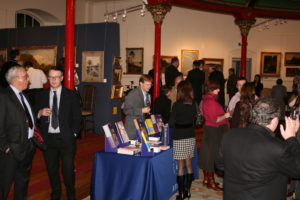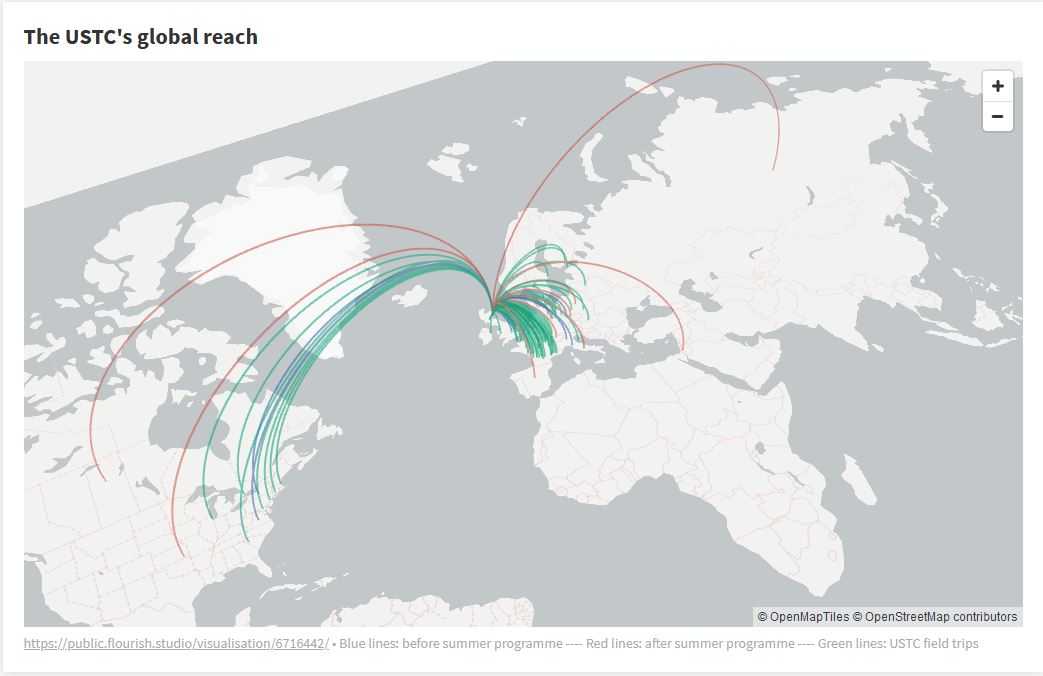The Universal Short Title Catalogue: Book history on a global scale


Building the database
The USTC has been sustained since its inception by a series of research grants from institutions including the British Academy, Arts and Humanities Research Council and the Andrew W. Mellon Foundation of New York, resulting in the longest sequence of grants won in open competition by any humanities project at the University. This funding, and the length of the project, have allowed the USTC to develop its research methods considerably. At the very beginning, records would be collated by hand. This involved photocopying each relevant page from regional bibliographies, cutting out the individual entries, sorting them into chronological and alphabetical order, and sticking them into a steadily growing collection of large binders. Many of these bibliographies were only available in France, and so this work was largely completed on a series of field trips during the summer. The necessity of physical travel has not yet entirely been replaced by the convenience of the internet, as many crucial bibliographic records remain available in physical form only. As the scope of the project has grown, so too has the diversity of its field trips – as of 2020, USTC members have visited libraries and archives in over 130 towns and cities across the world. The almost countless number of sites visited in total will only increase as the project continues to grow. One aspect which has changed with the advancing years is the process of database-building itself. The role of the glue stick has, to the ambivalence of its wielders, been replaced by the computer keyboard. Building databases in spreadsheets rather than binders has increased the pace of data collection significantly, allowed for much easier comparison of records, and (presumably) cost Pritt Stick the equivalent of a small car each year in lost sales. Visualisation of USTC’s global reach
Visualisation of USTC’s global reach